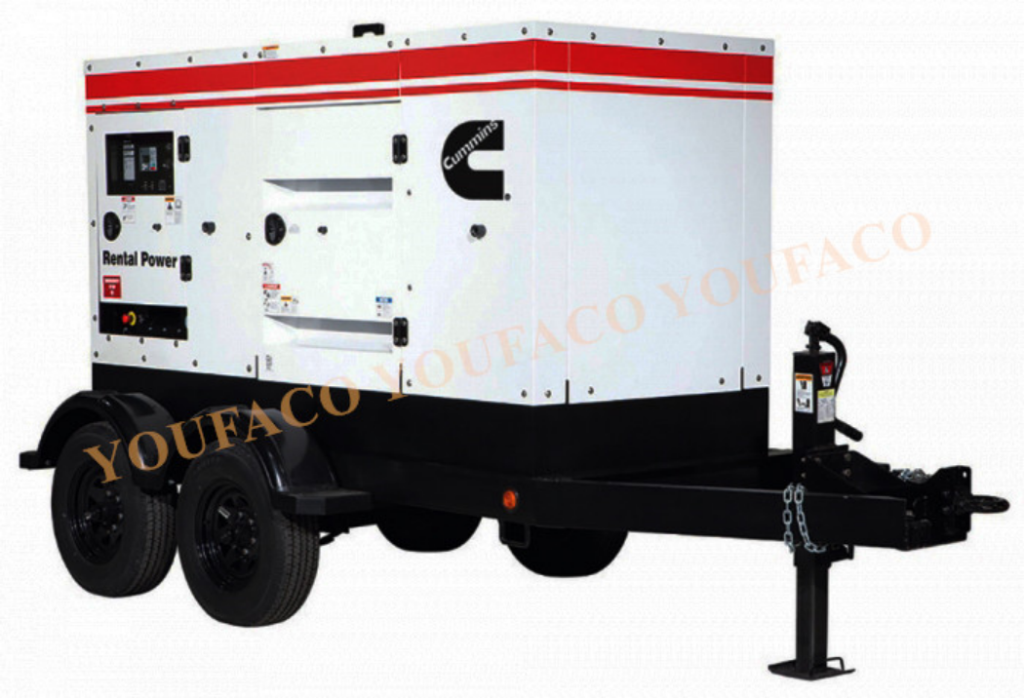


The automotive industry is undergoing a seismic shift, with sustainability taking center stage. As the world moves toward greener technologies, English engine manufacturers are not just keeping up—they’re leading the charge. From hybrid powertrains to fully electric engines, British brands are proving that sustainability and performance can go hand in hand. In this blog, we’ll explore how English engines are driving the future of green mobility while staying true to their legacy of innovation and excellence.
A Legacy of Innovation Meets a Sustainable Future
England has a long history of engineering excellence, from the steam engines of the Industrial Revolution to the high-performance powerplants of today. This tradition of innovation has positioned British manufacturers at the forefront of the green revolution. Brands like Jaguar, Aston Martin, and McLaren are embracing new technologies to reduce emissions without compromising on the performance and luxury they’re known for.
Hybrid Power: The Best of Both Worlds
Hybrid technology has become a cornerstone of sustainable engineering, and English manufacturers are leading the way. By combining traditional combustion engines with electric motors, hybrid powertrains offer a perfect balance of power, efficiency, and reduced emissions.
- McLaren P1: One of the first hypercars to embrace hybrid technology, the McLaren P1 pairs a 3.8-liter twin-turbo V8 with an electric motor to deliver a combined 903 horsepower. Its hybrid system not only boosts performance but also allows for short all-electric drives, reducing emissions in urban environments.
- Aston Martin Valkyrie: This hypercar takes hybrid technology to the next level, combining a 6.5-liter V12 engine with an electric motor to produce over 1,000 horsepower. The Valkyrie’s hybrid system is designed to enhance performance while meeting stringent emissions standards.
Fully Electric: The Future of Mobility
As the world moves toward a zero-emission future, English manufacturers are investing heavily in fully electric powertrains. These engines offer instant torque, silent operation, and zero tailpipe emissions, making them a key part of the green revolution.
- Jaguar I-PACE: Jaguar’s first all-electric vehicle, the I-PACE, has been a game-changer in the EV market. With a 90 kWh battery pack and dual electric motors, it delivers 394 horsepower and a range of up to 292 miles on a single charge. The I-PACE has won numerous awards for its design, performance, and sustainability.
- Lotus Evija: This all-electric hypercar is a testament to British engineering prowess. With a staggering 1,972 horsepower and a top speed of over 200 mph, the Evija proves that electric engines can deliver jaw-dropping performance. Its advanced battery technology and lightweight design set new standards for electric vehicles.
Sustainable Manufacturing: Beyond the Engine
Sustainability isn’t just about the engines—it’s also about how they’re made. English manufacturers are adopting eco-friendly practices throughout the production process, from sourcing materials to reducing waste.
- Recycled Materials: Companies like McLaren are using recycled carbon fiber and other sustainable materials in their vehicles, reducing their environmental footprint.
- Green Factories: Jaguar Land Rover’s facilities are powered by renewable energy, and the company is committed to achieving net-zero carbon emissions by 2039.
The Road Ahead: Challenges and Opportunities
While the shift toward green power is exciting, it’s not without its challenges. Developing new technologies, building charging infrastructure, and changing consumer perceptions all require significant effort. However, English manufacturers are rising to the occasion, leveraging their expertise and innovation to overcome these obstacles.
- Hydrogen Fuel Cells: Some companies are exploring hydrogen as a clean alternative to traditional fuels. While still in its early stages, hydrogen technology has the potential to revolutionize the industry.
- Battery Innovation: Advances in battery technology, such as solid-state batteries, could further improve the performance and range of electric vehicles, making them even more appealing to consumers.
Conclusion
English engines have always been synonymous with performance, luxury, and innovation. Now, they’re also becoming a symbol of sustainability. By embracing hybrid and electric technologies, British manufacturers are proving that it’s possible to protect the planet without sacrificing the thrill of driving.
As we look to the future, one thing is clear: English engines will continue to lead the charge in green power, setting new standards for the automotive industry and inspiring the next generation of engineers and drivers.
What’s your favorite green innovation from English manufacturers? Let us know in the comments below! And if you’re passionate about sustainability and performance, stay tuned for more stories about the future of mobility.




